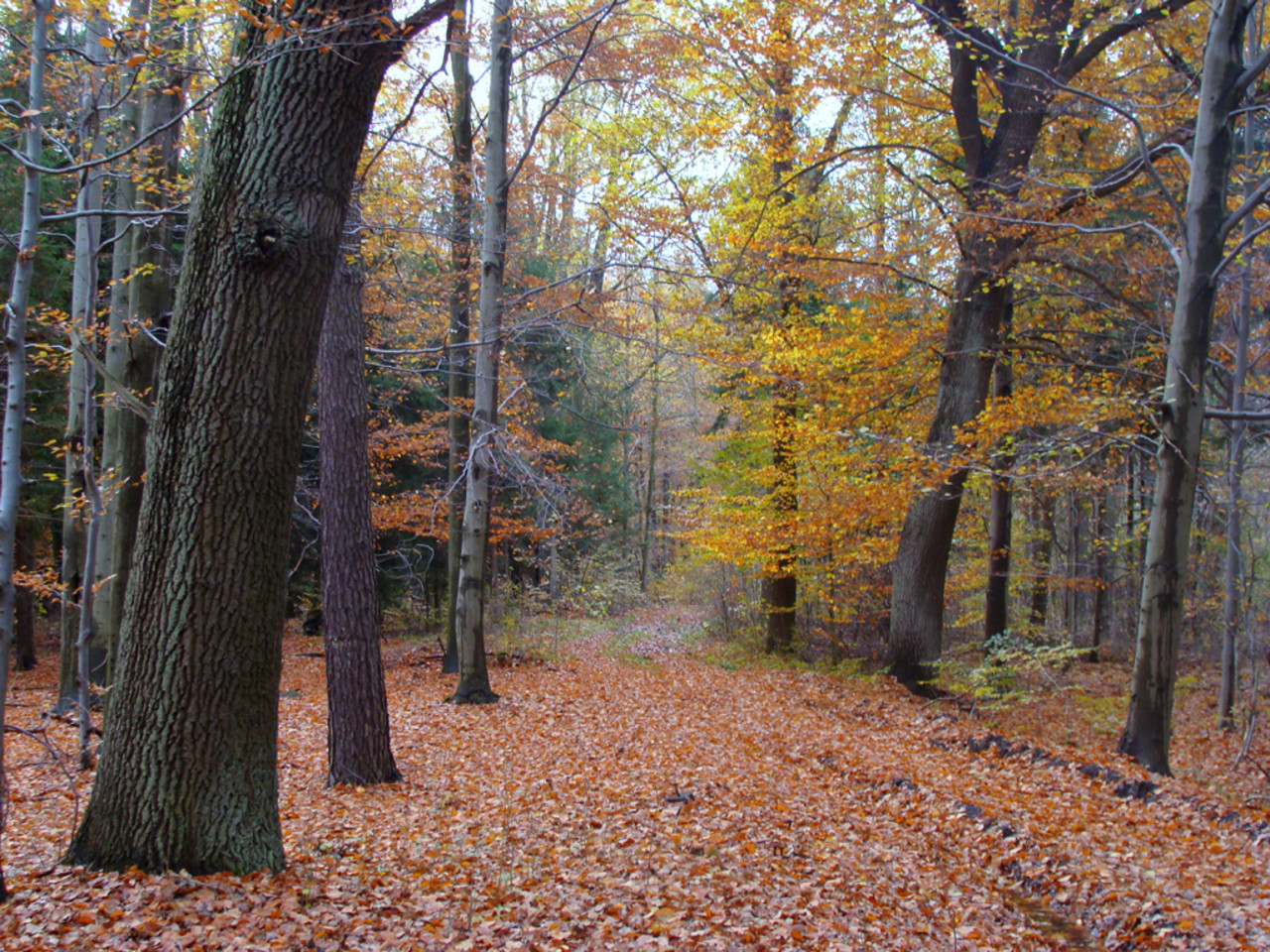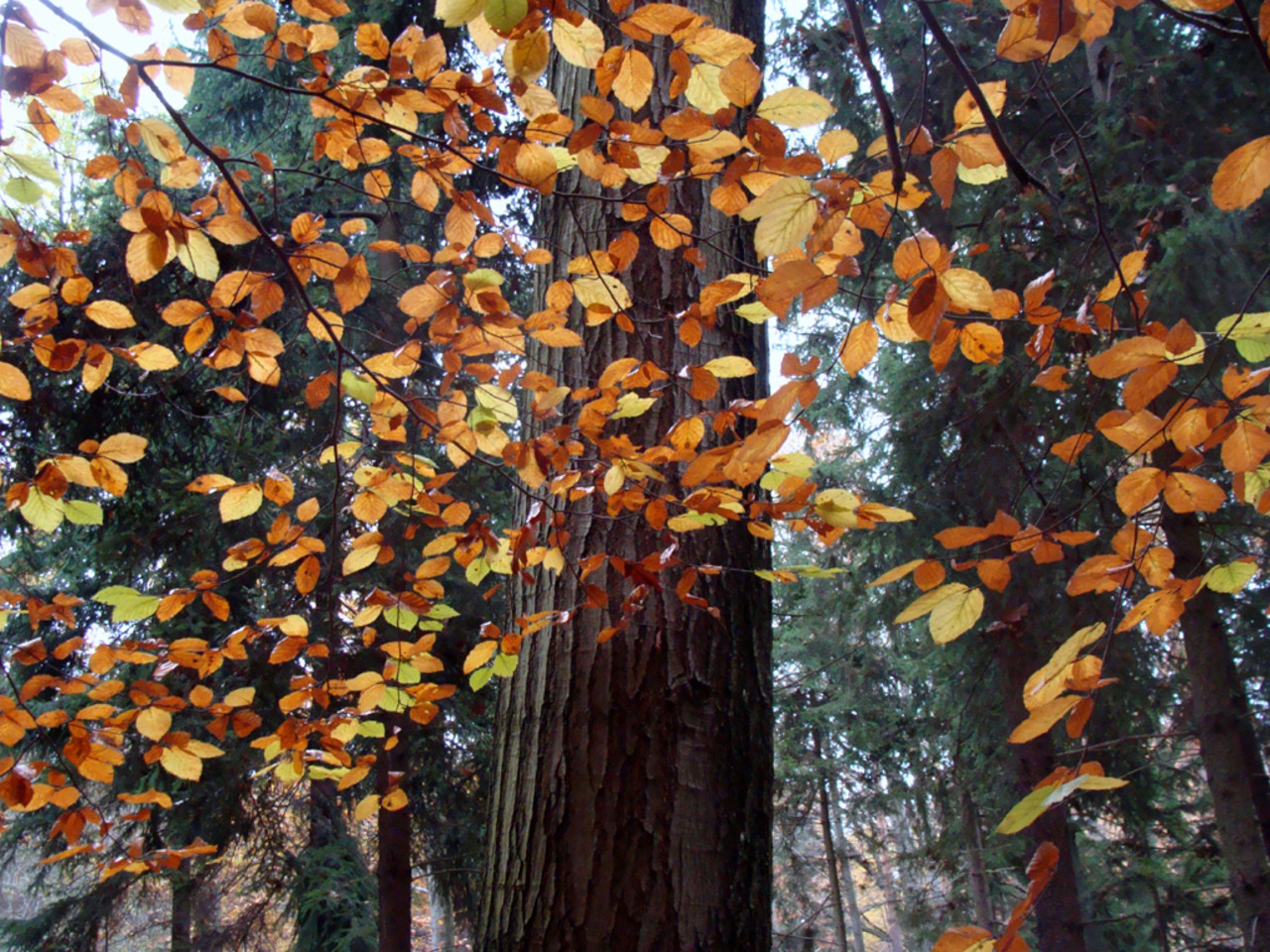Wine Tasting
페이지 정보

본문

Wine Tasting
What is a wine tasting individual called?
A wine tasting particular person is often referred to as a oenophile. This time period describes someone who has a love for wine and appreciates its various qualities.
Do you eat during a wine tasting?
When attending a wine tasting, it is quite common to include some food in the experience. While the main focus is on sampling various wines, food can enhance the general tasting experience.

Why Eat During a Wine Tasting?
Eating throughout a wine tasting helps to:
- Balance Tannins: Foods can soften the astringency of high-tannin wines.
- Enhance Flavors: Pairing food with wine can convey out unique flavors in each the wine and the dish.
- Prevent Overindulgence: Having food can help mitigate the results of alcohol, allowing for a extra pleasant tasting session.
What to Eat?
Typically, mild snacks are supplied at wine tastings. These would possibly include:
- Cheese platters
- Charcuterie boards
- Olives and nuts
- Breads and crackers
In abstract, whereas you do not have to eat during a wine tasting, including meals can enhance your expertise and allow for better appreciation of the wines being sampled.
What are the processing steps of wine?
The processing steps of wine contain several levels that transform grape juice into the finished product enjoyed in wine tasting. Each step plays an important position in determining the wine's taste, aroma, and overall quality.
1. Harvesting
The first step in the winemaking process is harvesting the grapes. This may be done both by hand or using machines, sometimes going down in late summer season or early fall when the grapes attain their optimal ripeness.
2. Crushing and Destemming
After harvesting, the grapes are crushed to launch their juice. This course of may also contain destemming, where stems are eliminated to keep away from bitterness in the ultimate product. The result is a mix of juice, skins, and seeds often recognized as should.
3. Fermentation
The must undergoes fermentation, the place yeast is added to convert sugars into alcohol and carbon dioxide. This step can take from several days to weeks, and the temperature is fastidiously managed to ensure optimal fermentation.
4. Pressing
After fermentation, the wine is pressed to separate the liquid from the solids. This step is crucial, particularly for purple wines, to extract shade and tannins from the skins. The pressed juice is collected as the brand new wine.
5. Aging
The wine is then aged in numerous containers, such as stainless steel tanks or oak barrels. Aging can final from a couple of months to a quantity of years and allows the wine to develop complexity and depth of flavor.
6. Clarification
Before bottling, the wine undergoes clarification to remove any remaining solids. This is often achieved by way of strategies like filtration or fining, resulting in a clearer and more visually interesting wine.
7. Bottling
Once clarified, the wine is prepared for 오피사이트 bottling. It might undergo a final adjustment of acidity or sweetness earlier than being sealed in bottles, prepared for distribution and tasting.
8. Enjoyment
Finally, the completed wine is ready for tasting. Enthusiasts can respect its distinctive flavors and aromas that resulted from the meticulous winemaking process.
Each of these steps contributes to the wine's character, making the experience of wine tasting an exploration of the artistry and science behind winemaking.
- 이전글Meditation Blend Live Resin Disposable Vape Hawaiian Haze – 3 grams 24.11.29
- 다음글How 5 Stories Will Change The best way You Approach Play Poker 24.11.29
댓글목록
등록된 댓글이 없습니다.

